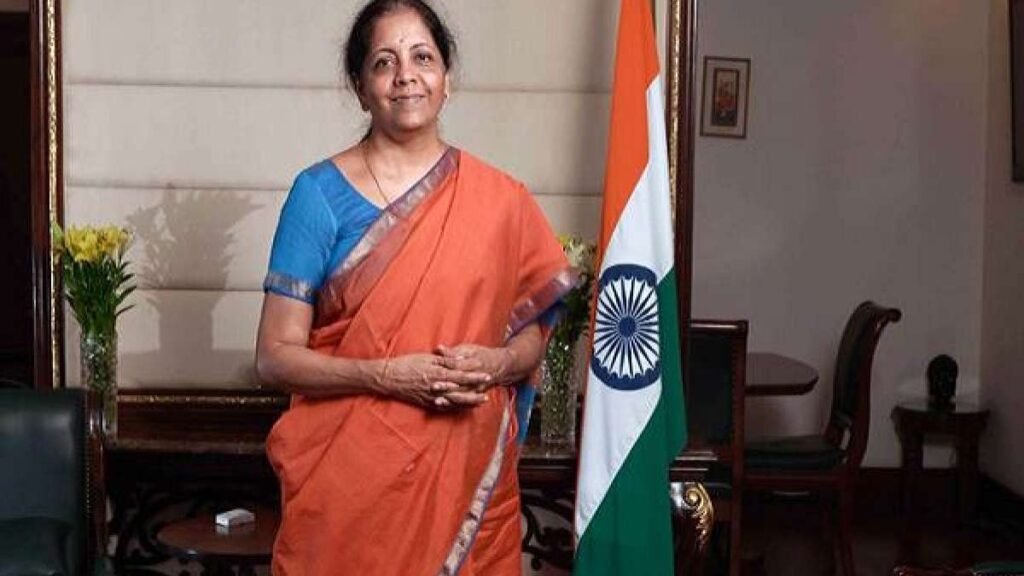E-Rupee: As of February 28, a pilot programme including a digital or e-rupee worth more over Rs 130 crore is in operation, according to finance minister Nirmala Sitharaman. On November 1, 2022, the Reserve Bank of India (RBI), in the wholesale segment (e-W), and on December 1, 2022, in the retail segment (e-R), piloted the use of the digital rupee. Nine banks have been taking part in the digital rupee wholesale pilot, according to Sitharaman: State Bank of India, Bank of Baroda, Union Bank of India, HDFC Bank, ICICI Bank, Kotak Mahindra Bank, Yes Bank, IDFC First Bank, and HSBC.
“As on February 28, 2023, the total digital rupee – Retail and digital rupee – wholesale (e-W) in circulation is Rs 4.14 crore and Rs 126.27 crore, respectively,” Sitharaman said in a written reply in the Lok Sabha. The e₹-R is in the form of a digital token that represents legal tender. It is being issued in the same denominations that paper currency and coins are currently issued. It is being distributed through financial intermediaries, i.e., banks. Users can transact with e₹-R through a digital wallet offered by the participating banks and stored on mobile phones/devices. The e₹ pilot for retail segment was launched on December 1, 2022 in 5 select locations in closed user group for making Person to Person (P2P) and Person to Merchant (P2M) transactions.
The on-boarded merchants comprise various segments like tea vendors, fruit sellers, street side and sidewalk vendors (including migrant fruit vendors selling on the pavement opposite the RBI’s headquarters, Mumbai), small shopkeepers etc,” Sitharaman said. Further, institutional merchants like retail chains, petrol pumps etc. have also been on-boarded to enable transactions in digital rupee across various outlets. Few online merchants have also been enabled to accept digital rupee for the convenience of users.
In the approximately three months of the pilot, the total digital rupee – Retail (e₹-R) in circulation in the select locations is Rs 4.14 crore, the minister said. “Various use cases, technological architecture and design features are being tested during the pilot… Further steps, including expansion of use case, have to be through a phased implementation strategy on the basis of feedback received during the pilots,” Sitharaman added.

